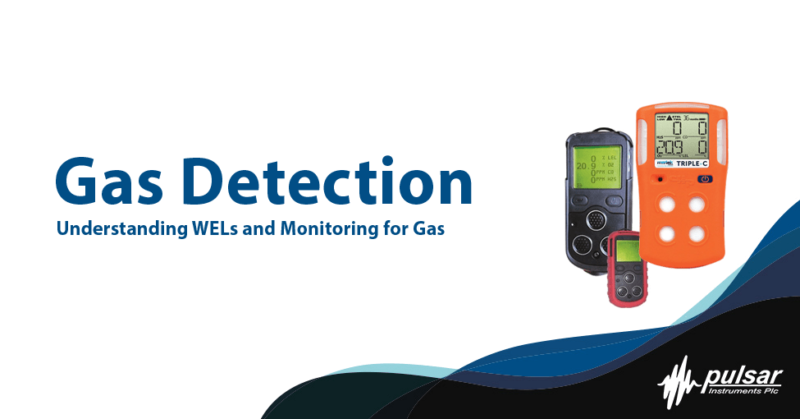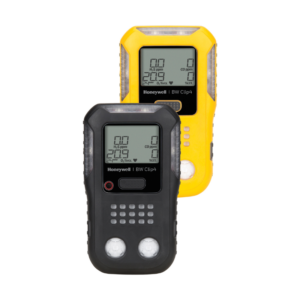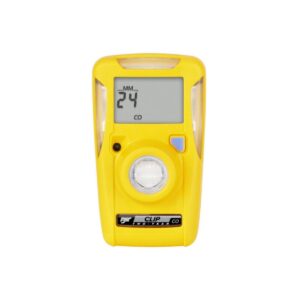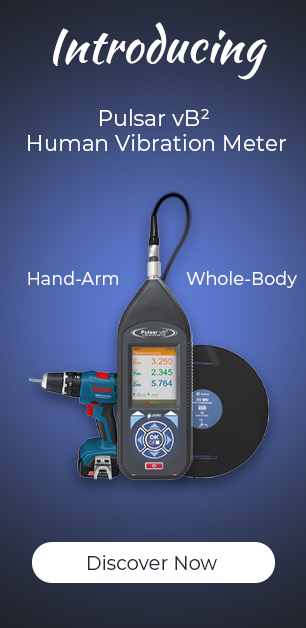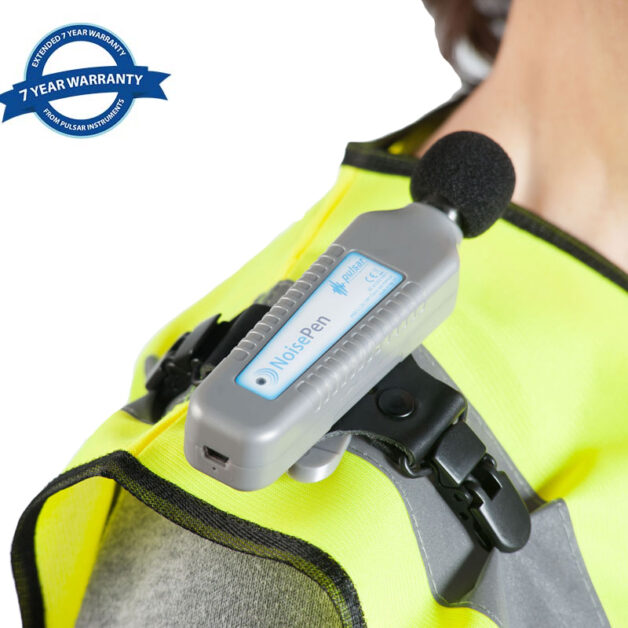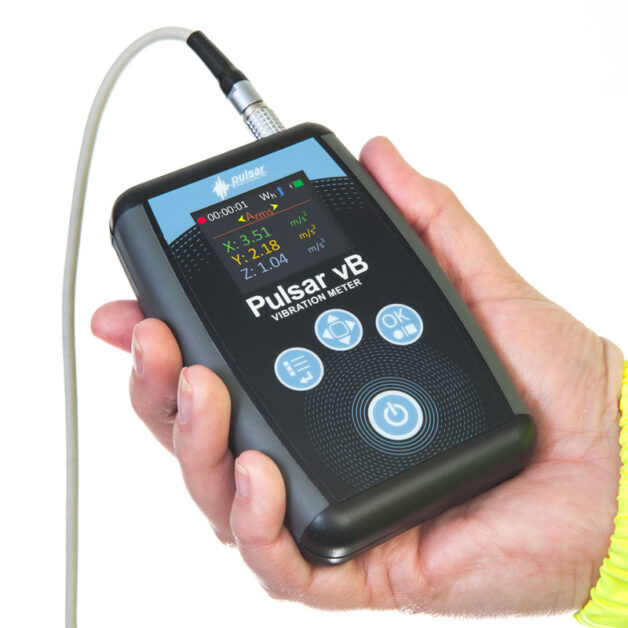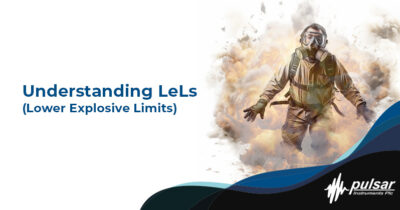Gas Detection is important when protecting employees from hazardous substances, including dangerous gases. In this article, we’ll look closer at how gas detection can be used to monitor for dangerous gases and help protect employees.
Understanding Work Exposure Limits (WELs)
Before we dive into gas detection, it’s important to understand what Work Exposure Limits (WELs) are and why they matter. WELs are established by regulatory agencies such as the Occupational Safety and Health Administration (OSHA) in the United States and the Health and Safety Executive (HSE) in the United Kingdom. These limits set the maximum exposure to a hazardous substance that a worker can safely experience during a typical 8-hour workday.
WELs are typically measured in parts per million (ppm) or milligrams per cubic meter (mg/m³) and can vary depending on the specific substance and the regulatory agency. Employers are legally obligated to comply with the WELs and ensure that their workers are not exposed to hazardous levels of gases in the workplace.
-
 BW Clip4 Multi-Gas Portable Gas DetectorFrom $863,80 (Ex. VAT/GST)
BW Clip4 Multi-Gas Portable Gas DetectorFrom $863,80 (Ex. VAT/GST) -
 Honeywell BW Icon Multi Gas DetectorFrom $511,00 (Ex. VAT/GST)
Honeywell BW Icon Multi Gas DetectorFrom $511,00 (Ex. VAT/GST) -
 Honeywell BW Solo (Wireless) – The Ultimate Single Gas DetectorFrom $406,00 (Ex. VAT/GST)
Honeywell BW Solo (Wireless) – The Ultimate Single Gas DetectorFrom $406,00 (Ex. VAT/GST) -
 BW Clip – 2 Year Disposable Single Gas DetectorFrom $235,20 (Ex. VAT/GST)
BW Clip – 2 Year Disposable Single Gas DetectorFrom $235,20 (Ex. VAT/GST)
Work Exposure Limits (WELs) for the most common dangerous gases
| Gas | Formula | WEL (ppm) | WEL (mg/m³) |
|---|---|---|---|
| Carbon monoxide | CO | 30 | 35 |
| Hydrogen sulfide | H2S | 5 | 7 |
| Ammonia | NH3 | 20 | 25 |
| Chlorine | Cl2 | 1 | 3 |
| Sulfur dioxide | SO2 | 2 | 5 |
| Nitrogen dioxide | NO2 | 1 | 1.91 |
| Nitric oxide | NO | 25 | 30 |
| Ozone | O3 | 0.2 | 0.4 |
| Carbon dioxide | CO2 | 5000 | 9000 |
| Formaldehyde | HCHO | 2 | 2.5 |
| Acetic acid | CH3COOH | 10 | 25 |
| Acetylene | C2H2 | 1000 | 2500 |
| Butadiene | C4H6 | 2 | 4 |
| Butane | C4H10 | 800 | 1900 |
| Ethylene | C2H4 | 1000 | 1800 |
| Methane | CH4 | 1000 | 1800 |
| Propane | C3H8 | 1000 | 1800 |
| Toluene | C7H8 | 50 | 188 |
| Xylene | C8H10 | 100 | 435 |
Note: ppm stands for parts per million and mg/m³ stands for milligrams per cubic meter. The WEL values in this table are based on the 4th edition of the EH40 document, published in 2021, and are subject to change. Employers should always consult the latest version of the EH40 document and comply with the most up-to-date WELs for hazardous substances.
Gas Detection: An Overview
Gas detection is the process of using specialized equipment to monitor for the presence of dangerous gases in the workplace. Gas detectors can be either portable or fixed, and are designed to detect one or more specific types of gases. There are several types of gas detection systems available, including:
- Single-gas detectors: These detectors are designed to detect one specific gas, such as carbon monoxide or hydrogen sulfide.
- Multi-gas detectors: These detectors are designed to detect multiple gases simultaneously and are ideal for environments where multiple gases may be present.
- Fixed gas detection systems: These systems are permanently installed in a specific location and are designed to detect gases in a specific area, such as a manufacturing plant or laboratory.
- Wireless gas detection systems: These systems use wireless technology to transmit gas readings to a central monitoring system, allowing for real-time monitoring and alerting.
Gas Detection and WELs
Gas detection plays a critical role in ensuring compliance with WELs and protecting employees from dangerous gases in the workplace. By monitoring for the presence of hazardous substances, employers can take appropriate measures to control the risks associated with exposure to these substances.
Gas detection can be used in various workplace settings, including manufacturing plants, laboratories, and oil refineries. In these environments, gas detectors are typically used to monitor for the presence of gases such as carbon monoxide, hydrogen sulfide, ammonia, chlorine, and sulfur dioxide.
When selecting a gas detector, it’s important to choose one designed to detect the specific gas or gases present in the workplace. Employers should also ensure that gas detectors are calibrated regularly and maintained according to the manufacturer’s instructions.
Gas detectors can trigger an alarm when the concentration of a particular gas reaches a certain level. This can help alert employees to dangerous gases and allow them to take appropriate measures, such as evacuating the area or putting on personal protective equipment.
Gas detection is an important tool for protecting employees from exposure to dangerous gases in the workplace. By monitoring for the presence of hazardous substances and ensuring compliance with WELs, employers can take appropriate measures to control the risks associated with exposure to these substances.
If you’re looking to implement gas detection in your workplace, be sure to choose the right type of detector for your specific needs and ensure that it is properly calibrated and maintained.
If you need help finding the right detector for you, drop us a message on the live chat below, email us at [email protected] or call us on +44 1723 339 715.
